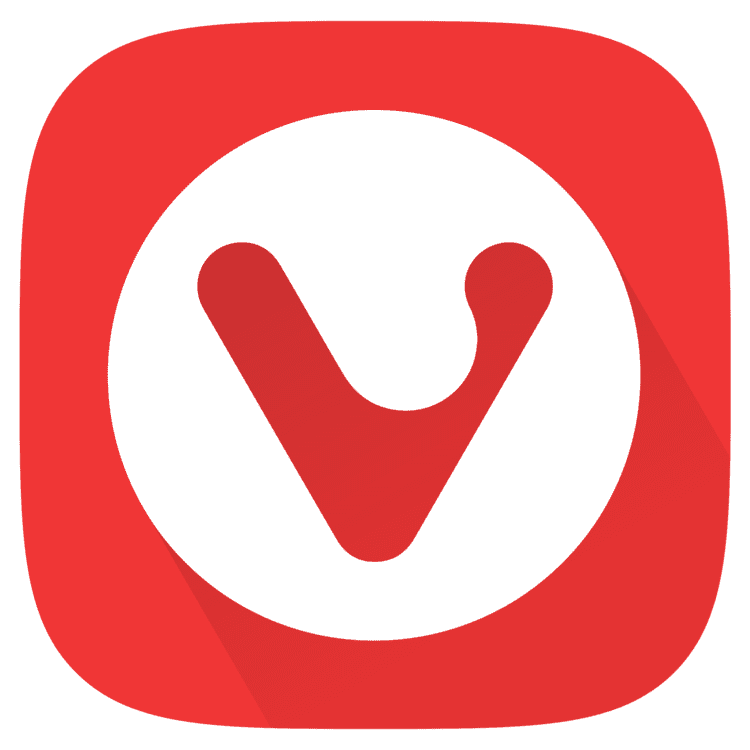Development status Active | ||
 | ||
Slogan A browser for our friends Initial release April 6, 2016; 11 months ago (2016-04-06) Stable release 1.8.770.50 (March 29, 2017; 4 days ago (2017-03-29)) [±] Preview release 1.8.755.3 (February 14, 2017; 47 days ago (2017-02-14)) [±] | ||
What s so great about the vivaldi web browser
Vivaldi is a freeware, cross-platform web browser developed by Vivaldi Technologies, a company founded by Opera Software co-founder and former CEO Jon Stephenson von Tetzchner and Tatsuki Tomita. The browser was officially launched on April 12, 2016. The browser is aimed at staunch technologists, heavy Internet users, and previous Opera web browser users disgruntled by Opera's transition from the Presto layout engine to the Blink layout engine, which removed many popular features. Vivaldi aims to revive the old, popular features of Opera 12. The browser has gained popularity since the launch of its first technical preview. The browser has 1 million users as of January 2017.
Contents
- What s so great about the vivaldi web browser
- Most versatile web browser vivaldi web browser setup impressions
- History
- Design and customizability
- Usability
- Technology
- Future additions
- Reception
- References
Most versatile web browser vivaldi web browser setup impressions
History
Vivaldi began as a virtual community website that replaced My Opera, which was shut down by Opera Software in March 2014. Jon Stephenson von Tetzchner was angered by this decision because he believed that this community helped make the Opera web browser what it was. Tetzchner then launched the Vivaldi Community—a virtual community focused on providing registered users with a discussion forum, blogging service, and numerous other practical web services—to make up for My Opera's closure. Later, on January 27, 2015, Vivaldi Technologies launched—with the community in mind—the first technical preview of the Vivaldi web browser. Its name comes from the Italian composer Antonio Vivaldi, which according to one of its creators, is an easy name to be remembered and understood worldwide.
Design and customizability
Vivaldi has a minimalistic user interface with basic icons and fonts, and a color scheme that changes based on the background and design of the web page being visited. The browser also allows users to customize the appearance of UI elements such as background color, overall theme, address bar and tab positioning, and start pages. According to CEO Jon von Tetzchner, Vivaldi's vast, unique customizability is a huge part of how the browser caters to power users.
Usability
Vivaldi features the ability to "stack" and "tile" tabs, annotate web pages, and add notes to bookmarks. Furthermore, users can place digital bookmarks on a "speed dial" page for quick access and harness "quick commands" to search bookmarks, browsing history, open tabs, and settings. Vivaldi is built around and based on web technologies such as HTML5, Node.js, React.js, and numerous NPM modules. As of Technical Preview 4, Vivaldi also supports numerous mouse gestures for actions like tab switching and keyboard activation. Vivaldi can also be set to a "Chromeless UI", which gives users more screen real-estate and the ability to focus on a single page without distractions.
Technology
Vivaldi uses the Blink rendering engine, as Google Chrome and Opera do.. This gives Vivaldi users the ability to install extensions developed for Google Chrome.
Future additions
Vivaldi Technologies is planning to release a service called "Vivaldi Sync," which will allow users to synchronize their bookmarks, history, passwords and settings across different computers. Also, the company hopes to integrate the email client "M3" into a future version of Vivaldi. The developers are planning to release their own extension platform for Vivaldi. The browser has support for Google Chrome browser extensions as of July, 2015.
Reception
Ars Technica reviewer Scott Gilbertson wrote about version 1.0 in April 2016. He praised its innovative features, such as its tab handling, while noting that it will most likely remain a niche browser and not see widespread uptake.
